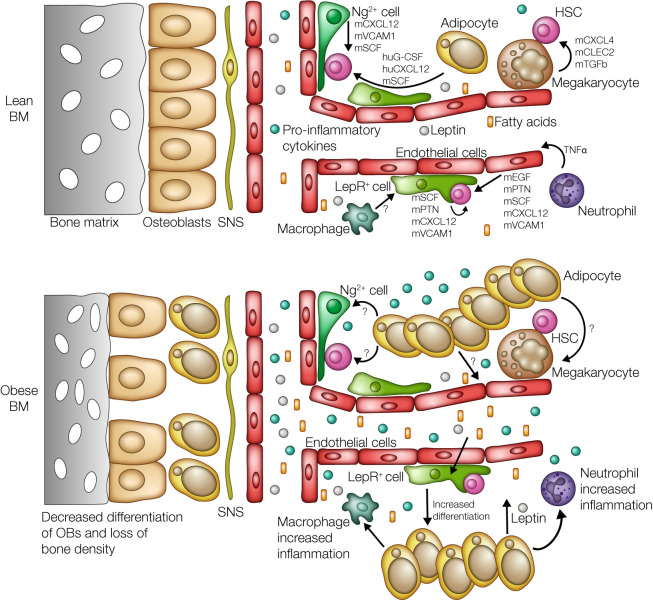Figure 1. Obesity-induced alterations of the BM and HSC niche influence hematopoiesis.
Hematopoiesis is tightly regulated by cytokines produced through the HSC niche, and research has begun to identify the individual contribution of each of these populations in the regulation and maintenance of the HSC pool (top panel). During obesity (bottom panel), the BM landscape changes dramatically. Increased production of leptin from expanding adipose tissue leads to biased differentiation of LepR+ perivascular cells toward adipogenesis at the expense of osteogenesis, leading to a significant loss of bone density. While the impact of this physical expansion of the BMAT on the rest of the HSC niche and hematopoiesis is not yet known, this increase would bring many more hematopoietic and stromal cells into direct and/or closer contact with BMAT. Additionally, the expanding AT leads to increased production of proinflammatory monocytes, macrophages, and neutrophils, which in turn leads to an increase in the basal levels of inflammatory cytokines. Chronic exposure to HFD also leads to increased levels of circulating free fatty acids, which could act on both stromal and hematopoietic cells to drive and sustain production of inflammatory myelopoiesis. Illustrated by Rachel Davidowitz.

